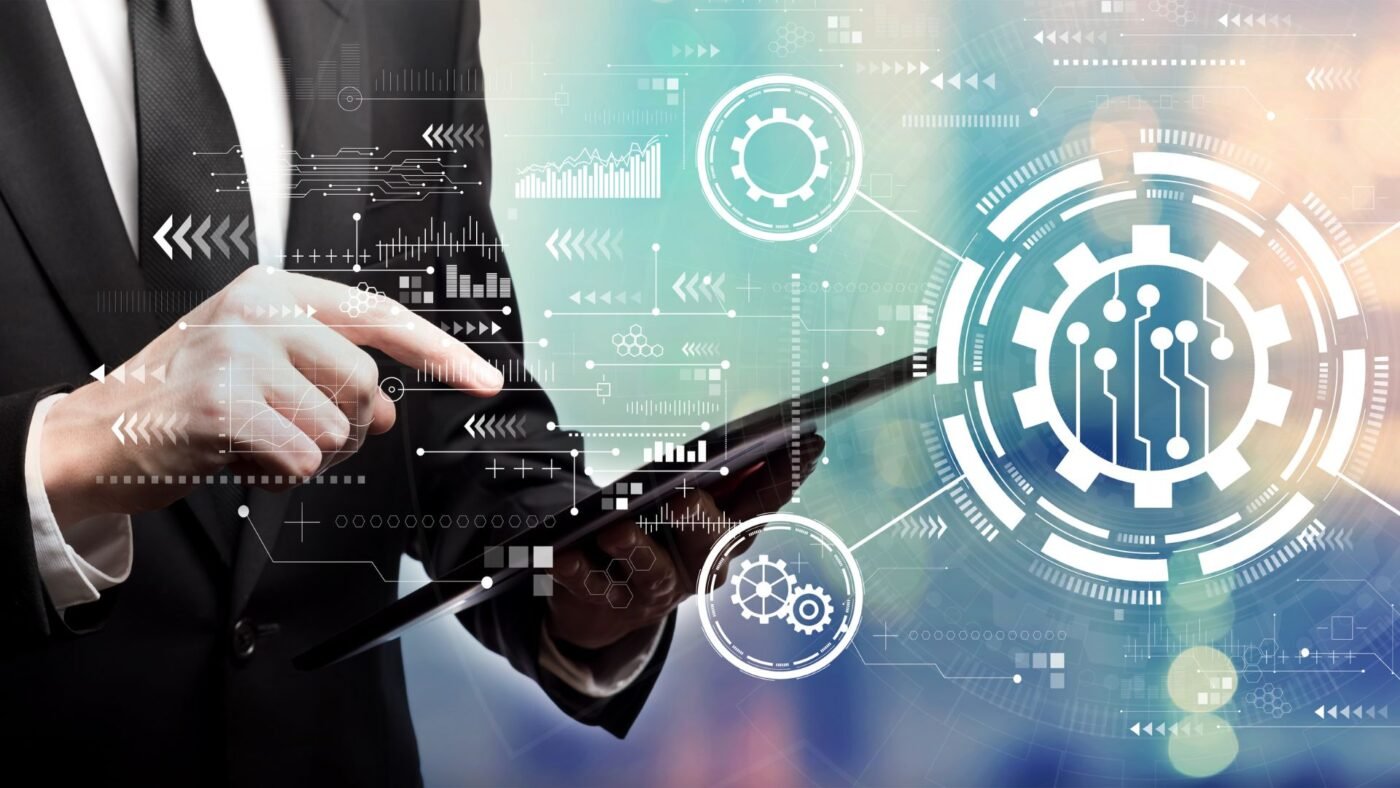
An agreement that this is a great location to work followed by the demand that employees work from home, we soon came to the conclusion that having offices was not necessary for productivity. People may actually be trusted to complete their tasks from just about anyplace.
What will be the office’s mandate in 2022, then?
The workplace is under pressure to entice employees back and to provide advantages over working from home. We now visit the office to interact with coworkers and take part in the workplace culture. This is one of the primary factors influencing how the workplace will change in 2022, along with a shift in thinking about digital transformation and sustainability.
7 Trends for Smart Offices (2022)
The workplace atmosphere is changing at the same time that working habits are changing. Different demands on real estate are being made by usage and occupancy patterns:
- Are all office spaces necessary?
- Does workplace space get the best use possible?
- Are conventional office services still required?
- Is the setting welcoming and appealing enough to entice visitors to stay again?
As a result, the Smart Office is currently becoming more and more prevalent. This type of office integrates services and solutions that are enabled by technology to improve employee productivity and satisfaction, save money and energy, and add value to the building.
Many aspects of the workplace environment may be measured, tracked, and controlled in a location that has Internet of Things (IoT) sensors installed.

#1 USE OF INTERNET OF THINGS (IoT) TECHNOLOGY
IoT devices often include sensors or detectors that have the ability to track, analyse, and send environmental data to a server autonomously through the internet.
Once data has been gathered, it may be analysed to take the proper steps, such notifying people through SMS when there is a water leak or posting on social media when a meeting space is available.
IoT sensors’ information may be utilised for the following purposes:
- Delivering a pleasant and comfortable workplace environment through temperature and ambient condition monitoring, improving the office design by studying staff working patterns.
- Reduce energy use by improving lighting, heating, air conditioning, cleaning, and other operational aspects
- Promoting the safety and health of workers through environmental monitoring, water monitoring, better cleaning, etc.

#2 – ADVANCE COMMUNICATIONS
There is a considerably larger dependence on and expectation of network communications as a result of the shift to flexible working, the usage of collaboration tools, and the rise in video conferencing.
The following are important developments in communications, whether they be between homes and offices, between offices, or within a smart workplace itself:
- Growing use of commercial fibre for internet connectivity, which provides more bandwidth, enhanced security, and flexibility.
- Greater regional coverage of service providers and a stronger uptake of 5G technology. This is crucial for isolated areas where 5G will provide faster connectivity and increased dependability compared to more traditional alternatives.
- Increased adoption of IP-based communication and collaboration technologies.

#3 – FLEXIBLE WORKSPACE
For 2022, adaptable workspaces are essential. Given the significant changes in worker mobility and location, it is crucial that office space be planned with the employee in mind. In order to entice employees to come back to the workplace, it must be appealing, secure, and cosy.
According to recent surveys, 70% of individuals work from home at least once per week, and 48% of workers will likely work remotely at least some of the time after COVID-19, compared to 30% before the epidemic.
The quantity of real estate space needed and how it will be used will be significantly impacted by the shift to hybrid working.

#4 – AUTOMATION
By allowing staff to focus on other, more productive tasks, sensors may be utilised to automatically monitor, gather, and communicate data that was previously had to be collected by a person. This can save money and time.
Automated jobs consist of:
- Location, room, machinery, pipe, and other temperature monitoring with automated notifications issued when anomalies or out-of-range temperatures are found.
- Monitoring of desk occupancy to assess the amount of empty space that is present location
- Monitoring to ensure that the best cleaning schedules are only applied to workplaces that have been utilised.
- Leak detection to provide Facilities Management prior notice of water leaks before they become serious.
- Best use of the meeting space is achieved by keeping an eye on occupancy to determine if meetings are really held or end early. By recording when doors or windows are opened and closed, this data may be sent into the room reservation system to show the status of usage and availability in almost real-time. This data can also be used to improve security by alerting security whenever there are any breaches.

#5 – OFFICE OCCUPANCY DETECTION
After the pandemic, hybrid working has become the most important trend, with most employees splitting their time between their homes, offices, or other locations linked to the internet.
Therefore, it will be crucial for the majority of firms to create an occupant-friendly environment if they want to encourage employees to come back to their offices.
Companies must understand how their offices, workstations, and meeting spaces are used in order to reduce employee annoyance over resource shortages and to make the most of their pricey real estate.
While proximity sensors may be used to detect when someone is seated at a desk, temperature sensors can be used to gather real-time data on human presence in a meeting room. An rise in temperature indicates presence.
By processing the data and providing the most recent condition of any given site, a smart app may assist increase usage while lowering employee stress.

#6 – DEVELOPING SUSTAINABILITY
The trend for sustainable office buildings is growing as climate change and climate-related concerns are becoming more and more important, as seen during the last COP26 meeting.
People today want their workplaces to be effective and ecologically sustainable. To become more sustainable, offices will use technology and smart working practises by:
As it is believed that over 35% of building energy is wasted, efficiently regulating energy use and improving energy efficiency. Analysis of temperature sensor data can be used to determine:
– Inefficient and outdated windows need to be replaced.
– Extremely ineffective heat pumps
– Building insulation issues where efficient thermostats can be used for temperature control places where smart lighting might be useful.
Lowering CO2 emissions – it’s thought that buildings account for 40% of all CO2 emissions. As was said before, any energy decrease results in a significant CO2 reduction.
For managing Legionella, a water-borne bacteria that causes Legionnaire’s disease, a fatal respiratory infection, real-time data regarding water temperature is essential. In water that is stagnant, germs flourish. Instead of using the conventional method of flushing all pipes, building and facilities managers may quickly determine which taps, if any, need to be flushed by tracking water temperature over time.
Regulating cleaning schedules – sensors can monitor how frequently desks, bathrooms, and meeting rooms are used to determine when cleaning is required, making better use of cleaning staff and providing precise information on cleaning contracts.

#7 – HEALTHY BUILDING
The word “healthy” building, which refers to the physical, psychological, and social health and wellbeing of individuals in buildings and the built environment, is beginning to be used in the business world.
It is generally accepted that ventilation, air quality, thermal health, moisture, dust, and pests, safety and security, water quality, noise, lighting, and views are the main pillars of a healthy building. It is thought that by addressing these problems, a healthy building may draw in workers, aid in lowering absenteeism, and enhance both individual and organisational performance.
SUMMARY
The COVID-19 epidemic has hastened the digital transformation of our workplaces, which will continue to progress in 2022. Today, the office’s main goals are to protect people’s health and wellbeing and to create optimal circumstances for work.
When people are informed about the surroundings in which they live and work, they feel more at ease. Smart technology will therefore contribute to the development of a digital dialogue between the workplace environment and everyone who enters the building.
By 2022, businesses will be utilising these technologies to further enhance the working environment, make it more environmentally friendly by lowering energy consumption, increase financial savings through resource efficiency, and make sure that employee welfare and wellbeing are prioritised at all times.
By doing this, the office may continue to be the hub of creative teamwork and have an advantage over working from home.
